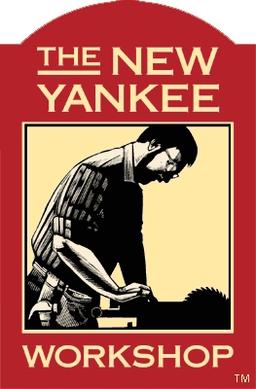Tuning pegs for musical instruments are commonly made from ebony or boxwood, but in medieval times and renaissance they would also be made from roasted maple. Maple is a relatively soft wood, so the trick is to roast it, which makes it very light and porous, and then let it soak in a mixture of linseed oil and turpentine overnight. It soaks the oil in like a sponge, going from swimming on the surface to sinking to the ground when it’s saturated. The oil hardens and reinforces the wood, kind of like epoxy stabilised wood.
So it is bioresin stablized wood! Ingenious!
You roasted that maple? What did you call it?
maple wood?! you’re not hardwood, you’re basically tree syrup in disguise. The only thing softer than you is the pancake you’re poured on!
boom roasted!
I’ve just bought it roasted. It was originally intended for billiard cues.
Edit: sorry, I missed the joke. 😅
How long does it have to dry after that?
Honestly, I don’t know. I didn’t expect to see literal air bubbles rising from the wood in the oil bath. That’s a lot of oil, so I expect several months for it to fully harden. Maybe I can speed up the process with an UV lamp.
Linseed oil polymerizes very quickly. It probably won’t be as long as you expect.
If you really wanna see some bubbles, check if your local woodshop will let you stick that wood/oil combo in their vacuum chamber!
This project rules, great job
those are gorgeous
And here I thought Jimi Hendrix invented roasted maple instruments.
but srs I didn’t know about the soaking in oil afterwards, that’s very interesting!
How do they taste?
Like linseed oil and caramel.
I’m going to have to try this! Very curious about just how hard it turns out to be in the end.
Guitarist spoiled with worm gear tuning machines here: How do these actually work? Do they just friction fit in a tapered hole?
Yup, they’re just lightly pressed into a tapered hole. You just have to turn them with a greater force than the string exerts on them, and ideally they stay put after you let go of them. Works well for gut/synthetic strings, less so for steel strings because those lengthen very little so friction tuners would be too imprecise.







